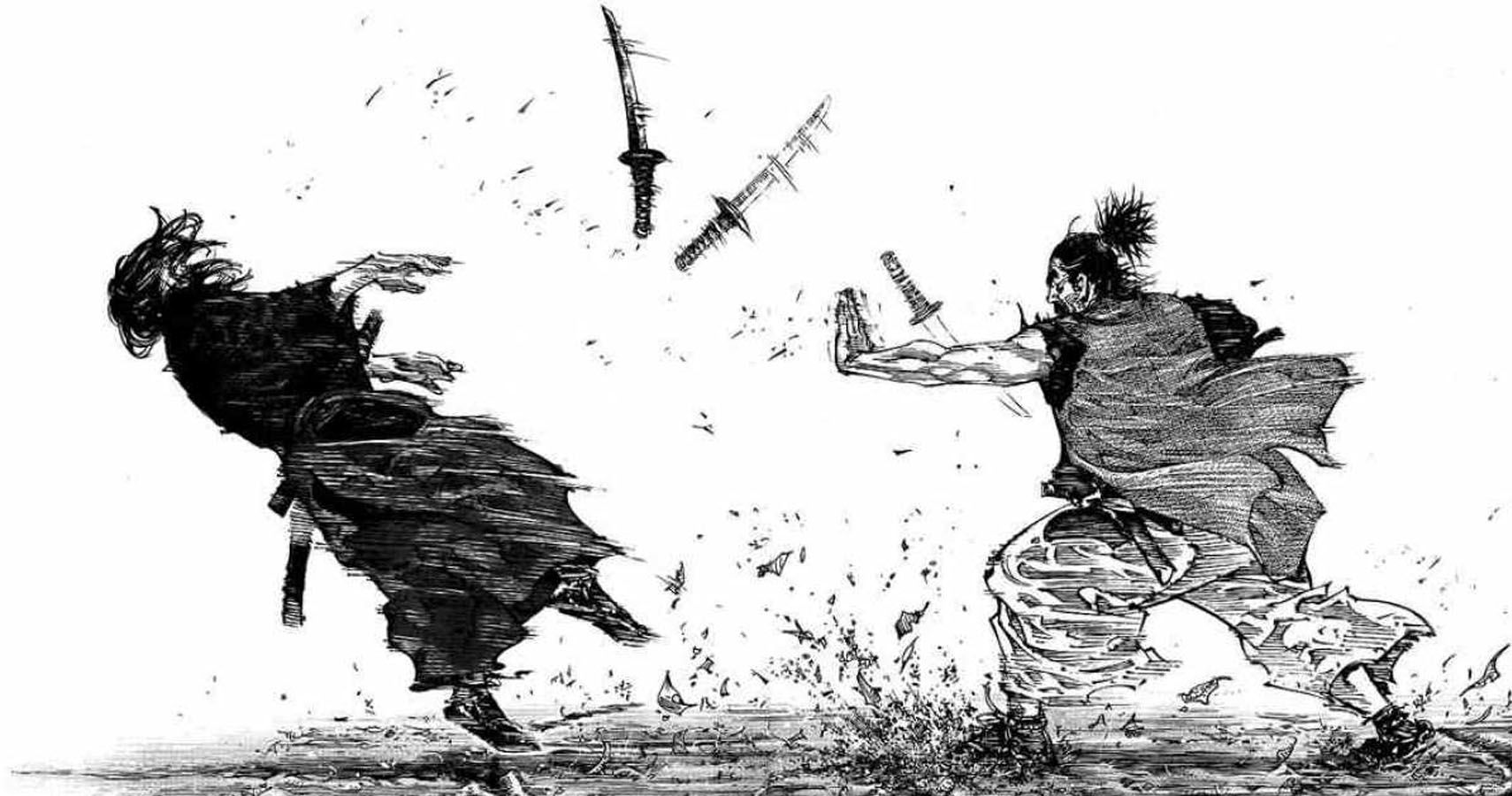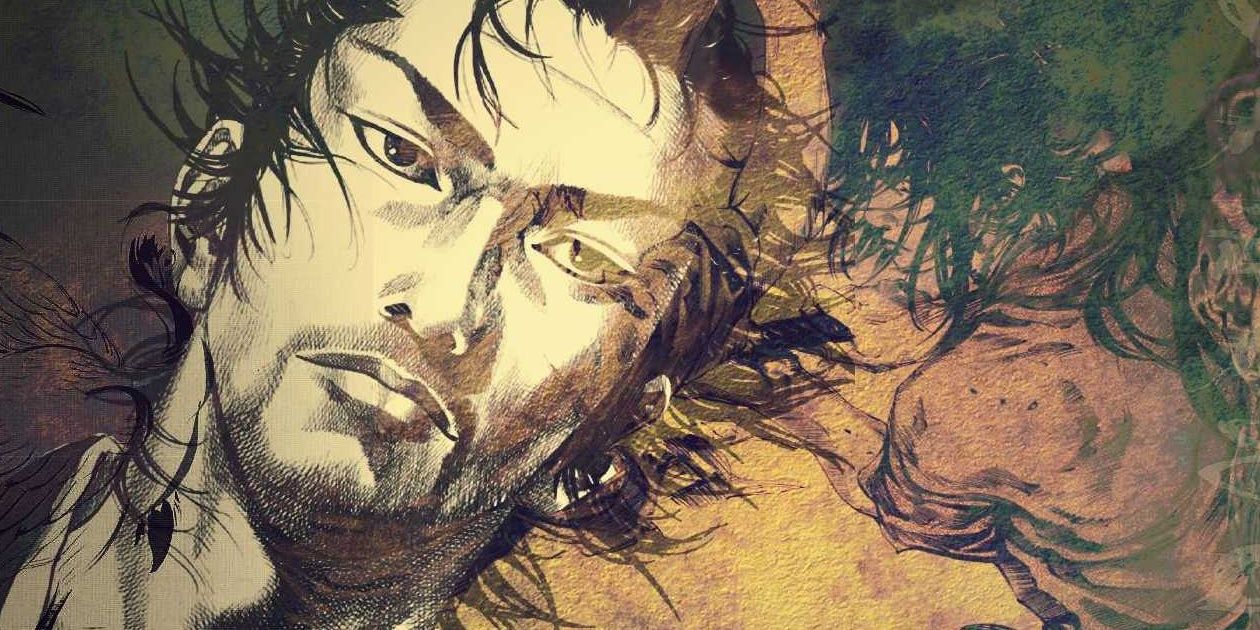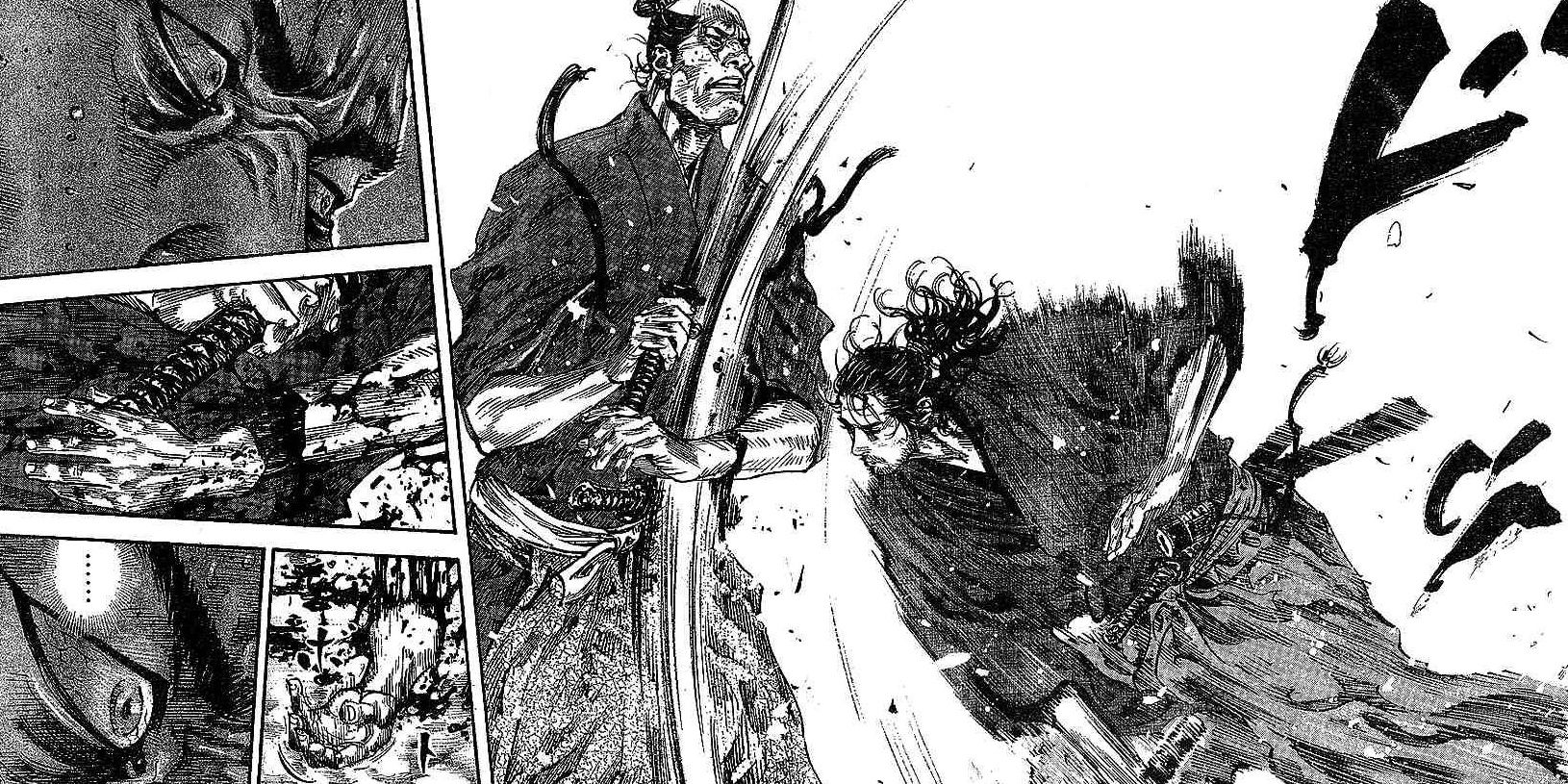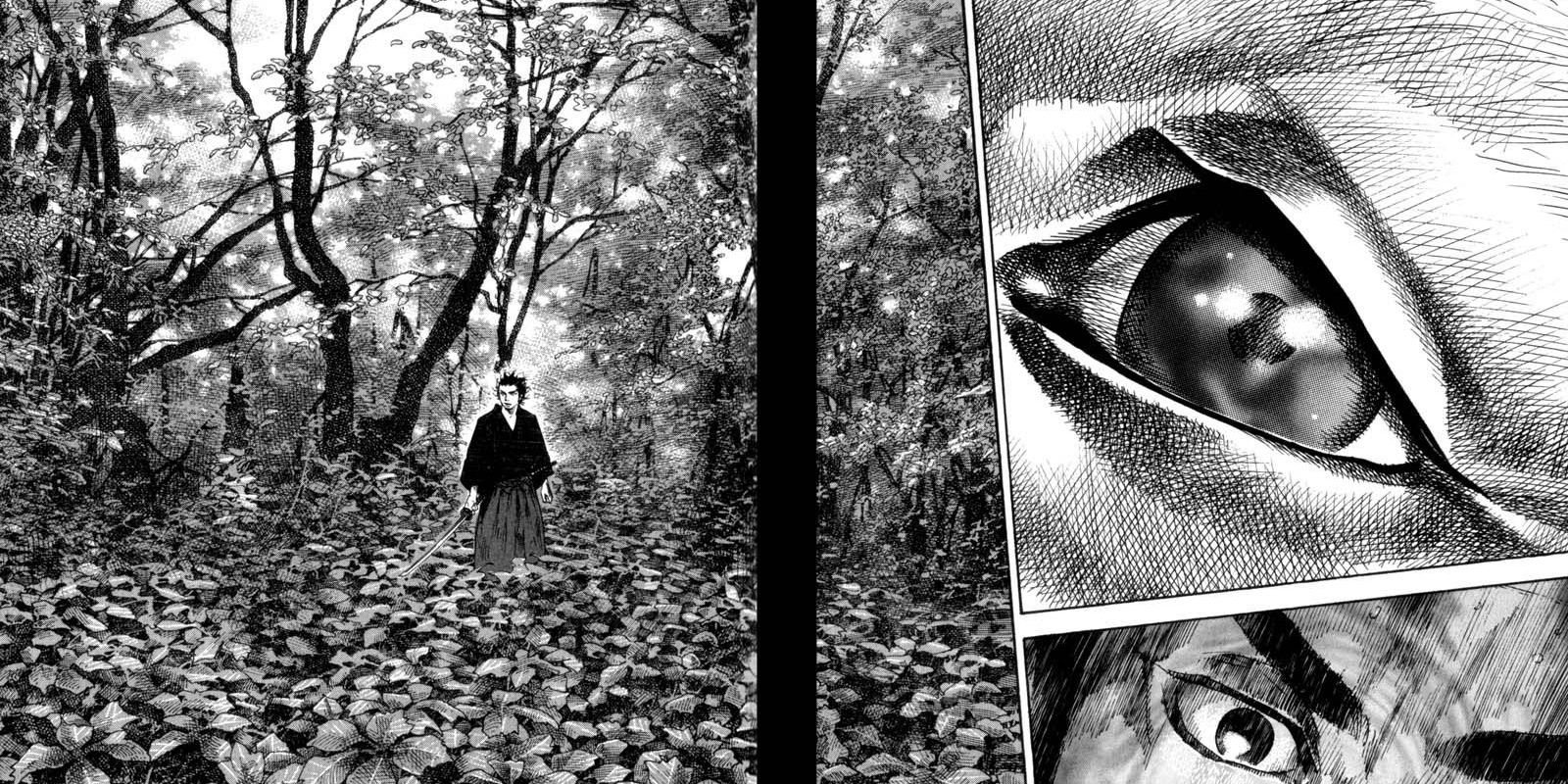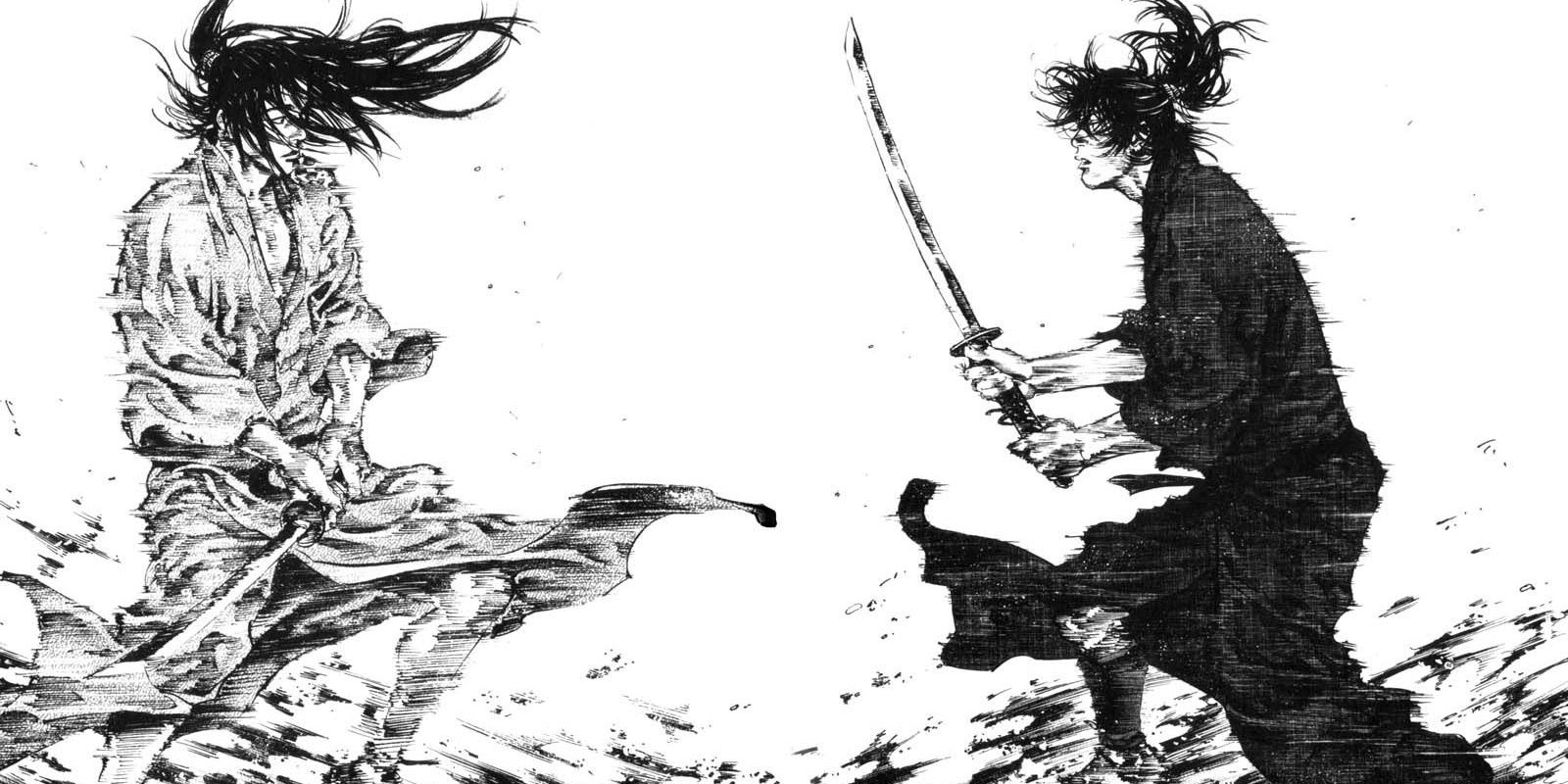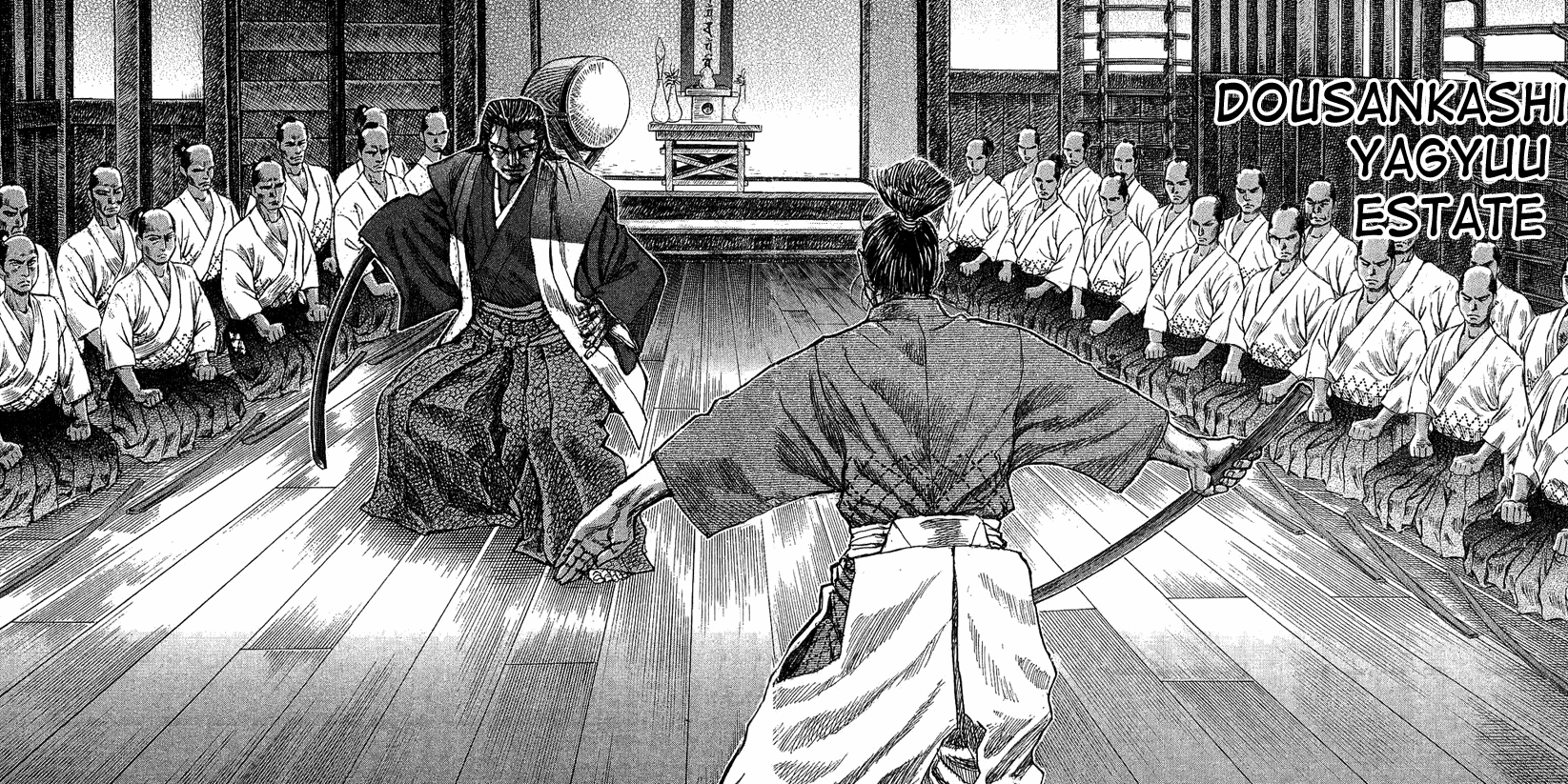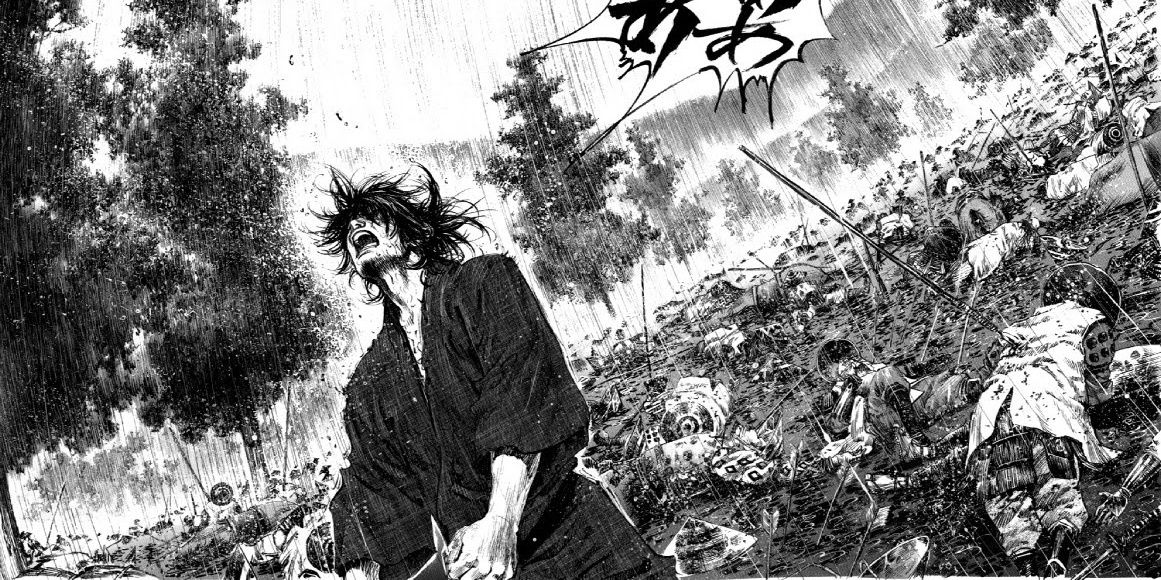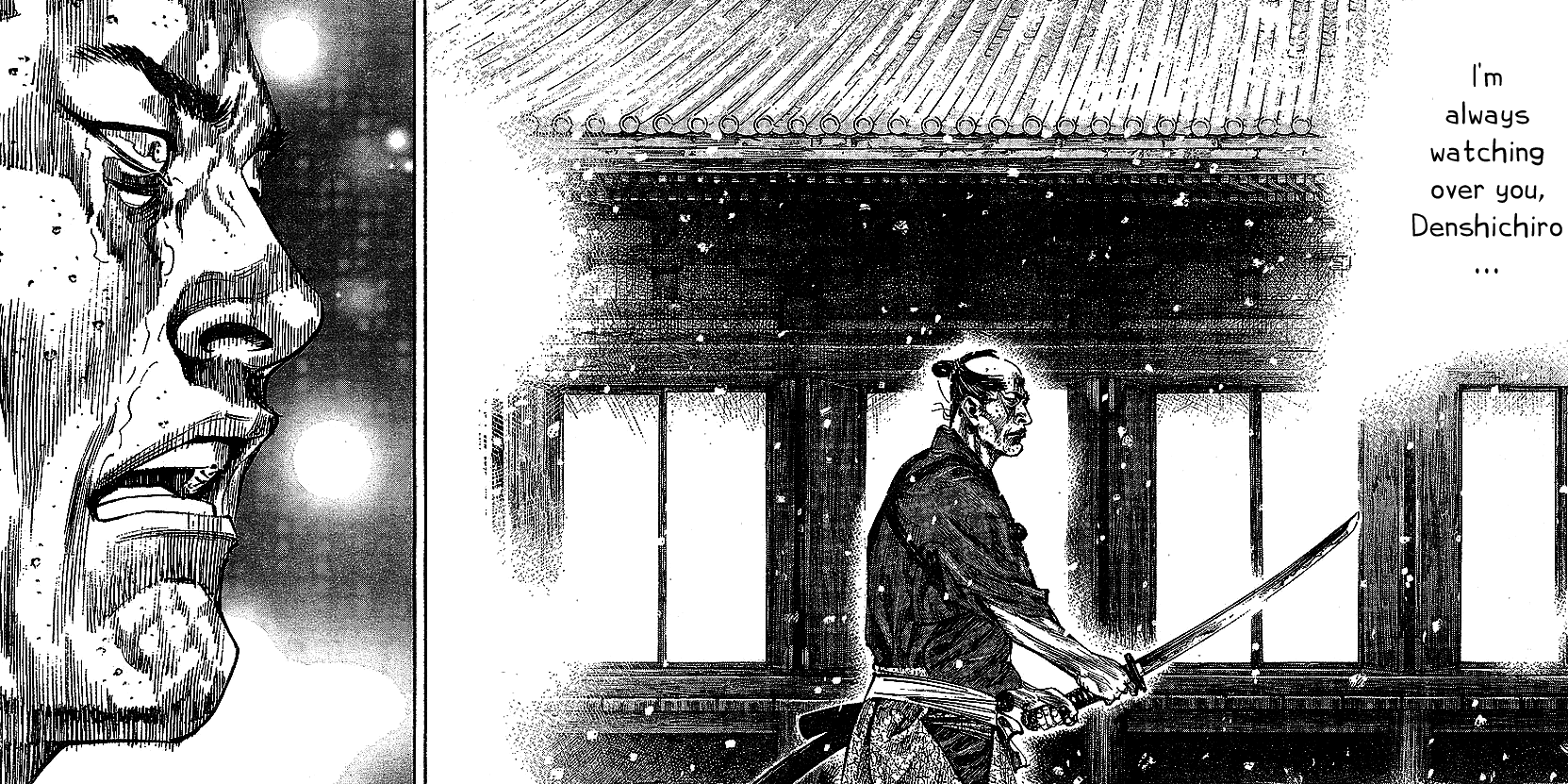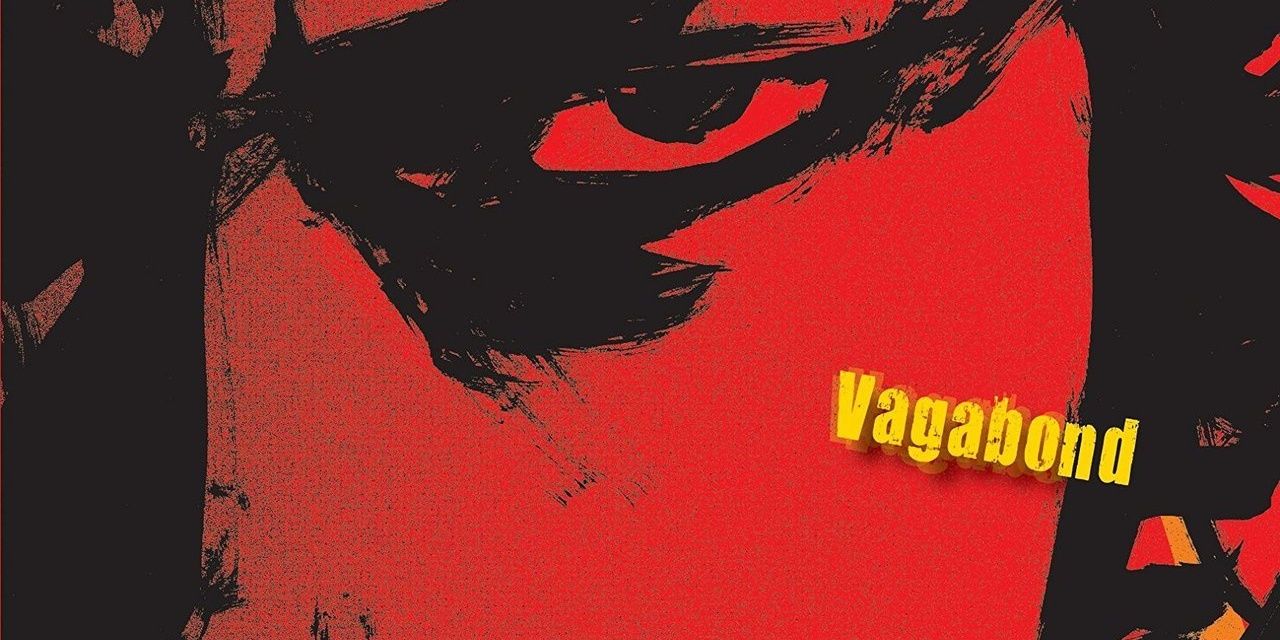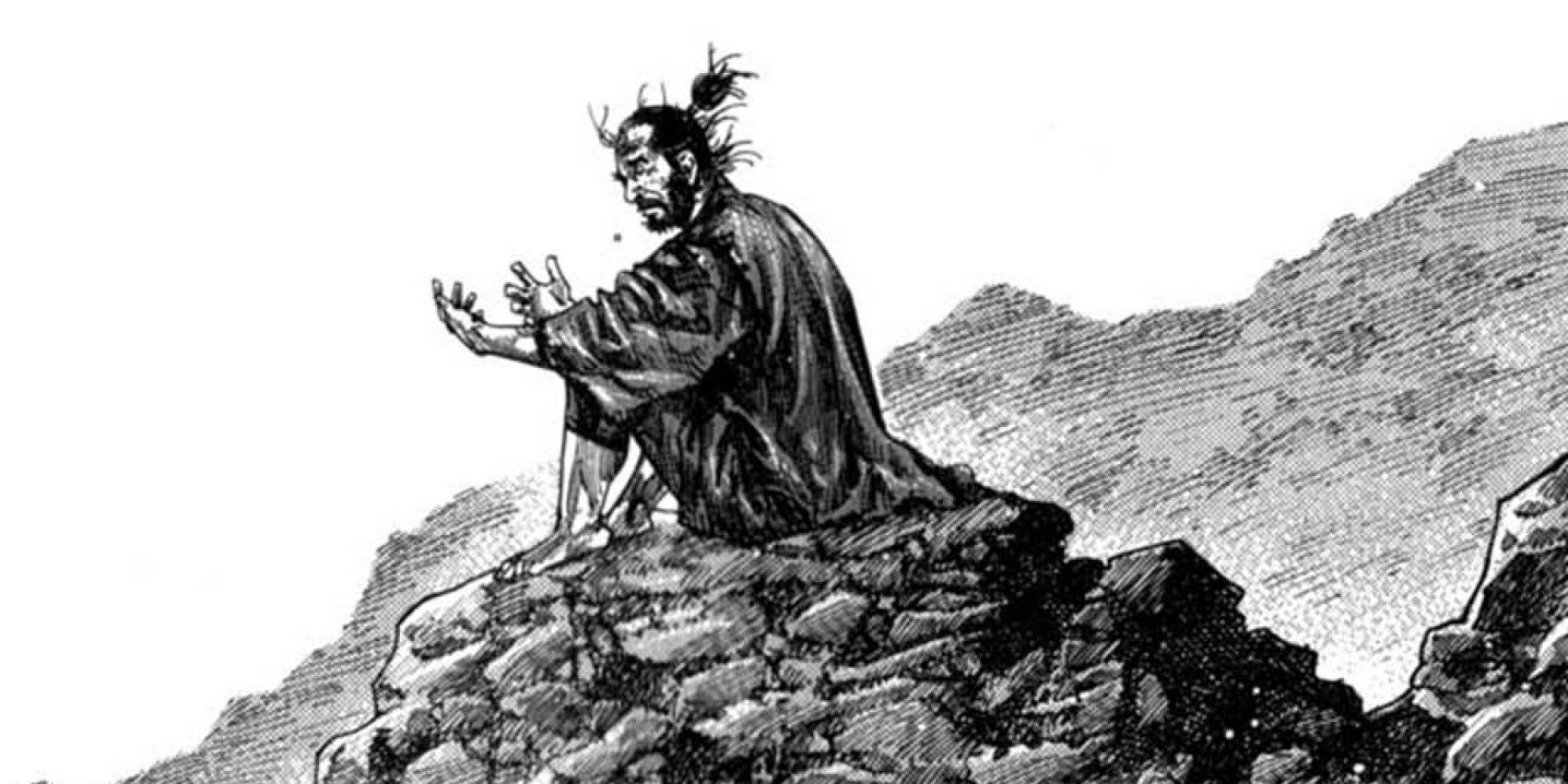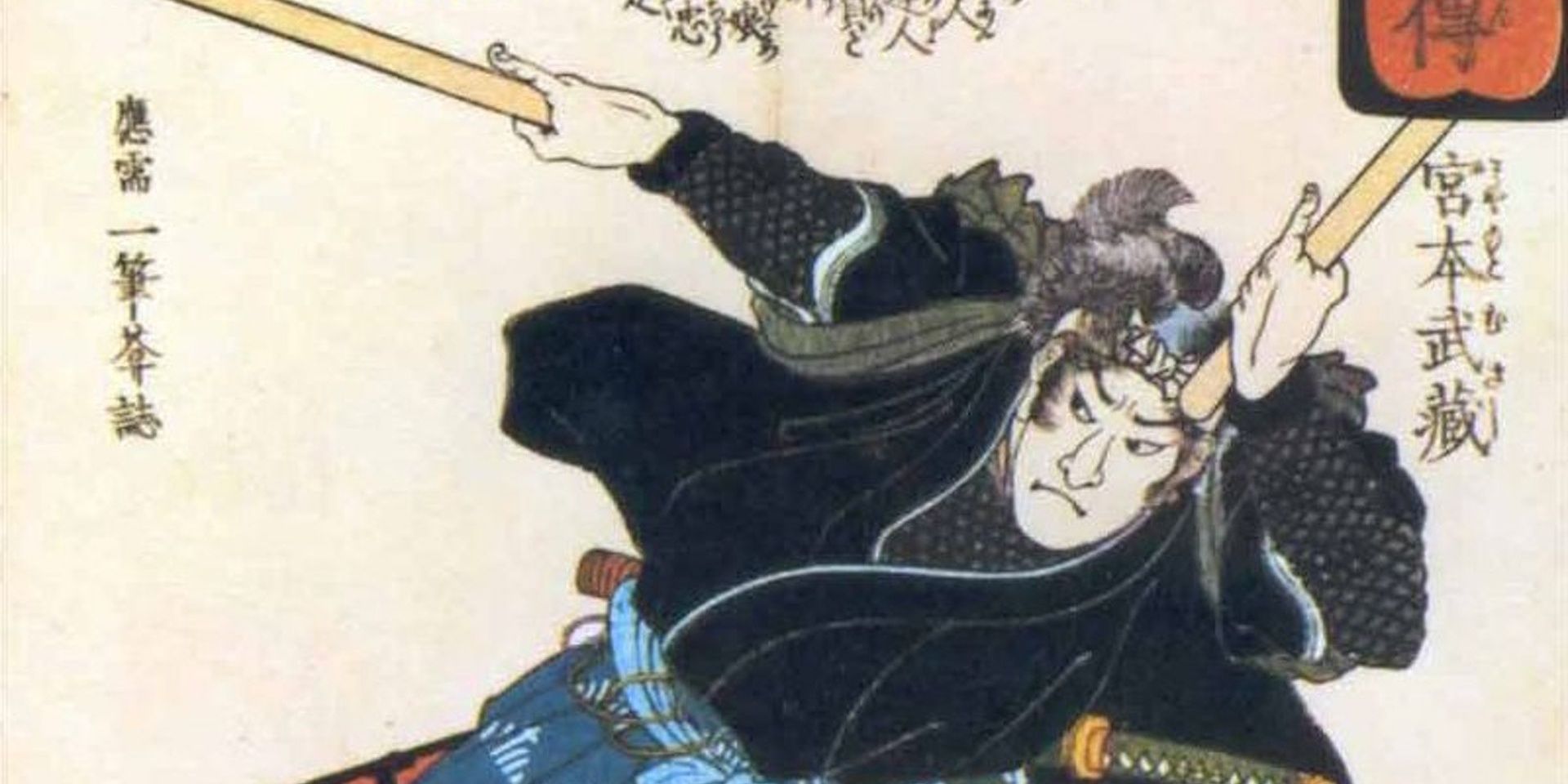Takehiko Inoue is one of the most skillful and prolific manga artists around. Some of the manga he's made include the hit series Slam Dunk and Real, two of the best basketball comics on the market! Inoue's greatest work to date is his masterpiece Vagabond, a samurai epic that he's been writing since the late '90s.
Inspired by Eiji Yoshikawa's internationally-acclaimed novel Musashi, Vagabond follows the life of the samurai Miyamoto Musashi after the events of the Battle of Sekigahara. This is the period where the warring feudal kingdoms became unified under the new Tokugawa Shogunate. The chaos and ruthless cruelty of the era are on full display in this intense manga series, bringing the past to life. Here are ten reasons to read Vagabond:
10 Miyamoto Musashi
The main character of the series, Miyamoto Musashi, was one of the most skilled swordsmen in Japanese history. He won his first duel against a trained samurai when he was only thirteen. But the manga opens when he is in his early twenties after he has become far more skillful.
Miyamoto is the man who literally wrote the book on Japanese swordsmanship. He fought in one of the most important battles in Japanese history and was undefeated in single combat. Musashi possesses raw intensity and focus that earned him the honorific title of "sensei," or "sword-saint." He is one of Japan's most interesting historical figures and the manga does an excellent job of showcasing just how emotionally complex and physically awe-inspiring he was.
9 Intense Action
Seinen manga are known for having great action scenes. It is one of the reasons they have such a wide appeal. The best seinen manga manage to strike a balance between the cool "wow" factor of exciting combat sequences and the tragedy or horror that comes from the consequences of violence.
Vagabond's fight scenes perfectly capture the visceral adrenaline-pumping clash of swords where every movement could be someone's last. Blood-slicked katanas ring against one another while samurai heave their bruised and bleeding bodies onward, driven by sheer willpower. But what this series does better than most is capture the tense moments between fighting where combatants stare each other down, their hearts pounding and breath ragged as they steel themselves for the next moment, knowing the only options are victory or death.
8 Breathtaking Art
Takahiko Inoue is an artistic genius! He draws Vagabond with clean crisp lines, switching between a minimalist style popular in anime and incredibly rich textured details. Inoue can spend pages illustrating the still quiet moments where people are standing around navel-gazing, but he still makes it visually engaging. If he draws a forest, every leaf and tree is vividly brought to life.
For all his beautifully drawn quiet moments, one reason for Vagabond's popularity is the stunning action. The different ways he has found to capture movement in combat scenes make every fight dynamic.
7 Realities of Bushido
Japanese samurai lived by a code of honor known as bushido. While bushido has been widely debated by historians, the general consensus is that as Japanese history progressed, samurai became increasingly rigid in their adherence to its tenets. Like with the knightly code of chivalry, the truth is a little more complicated.
Vagabond does a wonderful job of showing the differences between the real-world actions of samurai and the idealized versions of how they aspired to behave. As the protagonist Miyamoto Musashi was an outsider living on the fringes of society who gained renown and acceptance through his victories in battle, he is a model of honorable conduct -- and the less than honorable practices that were inevitable in living at the sword's edge.
6 Historical Accuracy
Vagabond is a work of historical fiction. As any history lover knows, this does not necessarily imply the series has anything remotely resembling historical fidelity.
Surprisingly, the manga does a pretty great job of capturing the time period. It begins as Japan is moving out of the chaos of the feudal warring states period of the Sengoku-jidai and into a unified nation ruled by the Tokugawa Shogunate. Samurai and bandits struggle to assert themselves while the fate of many powerful families is uncertain at this time. Important historical figures like the monk Takuan Soho are among the cast of characters while the real-life Yagyu-Shinkage swordsmanship school is the focus of the "Kyoto Arc."
5 Emotional Intensity
Vagabond can be a bit of an emotional roller coaster. There are moments of pure delight and others filled with dread. One thing that Inoue does incredibly well is prolonging a sense of tension that builds and builds, gradually working toward a climactic moment, so that even small turns of fortune seem all the more compelling after the prolonged lead up to them.
Beyond this, the villains are so infuriating that one can't help but feel for Musashi as he struggles to overcome all they put him through, making his journey even more personal and relatable.
4 Villains Worthy of Hate
As was just said, the villains in this series are everything a fan loves to hate. Some are arrogant braggarts, classic bullies who like to throw their weight around and have the strength and power to do so without anyone being able to stop them. Others are cruel and sadistic rogues who enjoy watching their victims suffer. A few are genuinely honorable people at odds with Musashi, allowing for no happy ending to their shared conflicts.
A great example of a villain early in the series is the character of Honi'den Osugi, the elderly mother of Miyamoto's best friend. When Musashi returns home from war and her son does not, she blames Musashi and rallies the village to attack him, blaming him rather than facing reality.
3 Affordability
Most manga cost about $10 per volume. Some series, such as the hit seinen masterpiece Berserk or some of the works by Junji Ito, cost a bit more per book, the average volume of Berserk going for about $14.99. Larger omnibus editions of manga can be much pricier, like the $49.99 sticker price for the Berserk Deluxe Editions!
This is one great thing about Vagabond's newest English printings. Currently, the series is being released by the publisher VIZ in what are called VIZBIG editions with 3 volumes of the manga in a single book. The price: a mere $19.99 -- just 2/3rds the cost of the same amount of material for a normal manga.
2 Realism
General Western audiences have had a negative opinion of fantasy and science fiction for decades, dating back at least to the time of the pulps when sensationalist short stories were disparaged as low art. This fantasy-bashing is finally fading away, but it still is a bias many readers have, which makes them miss out on a lot of the greatest stories in comics.
While it's awesome to watch heroes slay demons with their swords or shoot ki blasts from their hands, it is much harder to communicate the same emotional intensity without relying on supernatural elements. Part of Vagabond's appeal is its realism, giving it a sense of drama that is grounded and relatable, yet still a thrill to read.
1 The Book of Five Rings
Toward the end of his life, the historical Miyamoto Musashi wrote The Book of Five Rings (Go Rin no Sho in Japanese). This is arguably the singular most important and influential book on the Japanese art of swordsmanship (kenjutsu) and the code of the samurai (bushido).
Vagabond explores the encounters Musashi underwent in his youth that led him to discover his wisdom and the ways of strategy. What better way is there to learn the life lessons of one of Japan's greatest samurai and philosophers than to see that life unfold in all of its spectacular glory?

